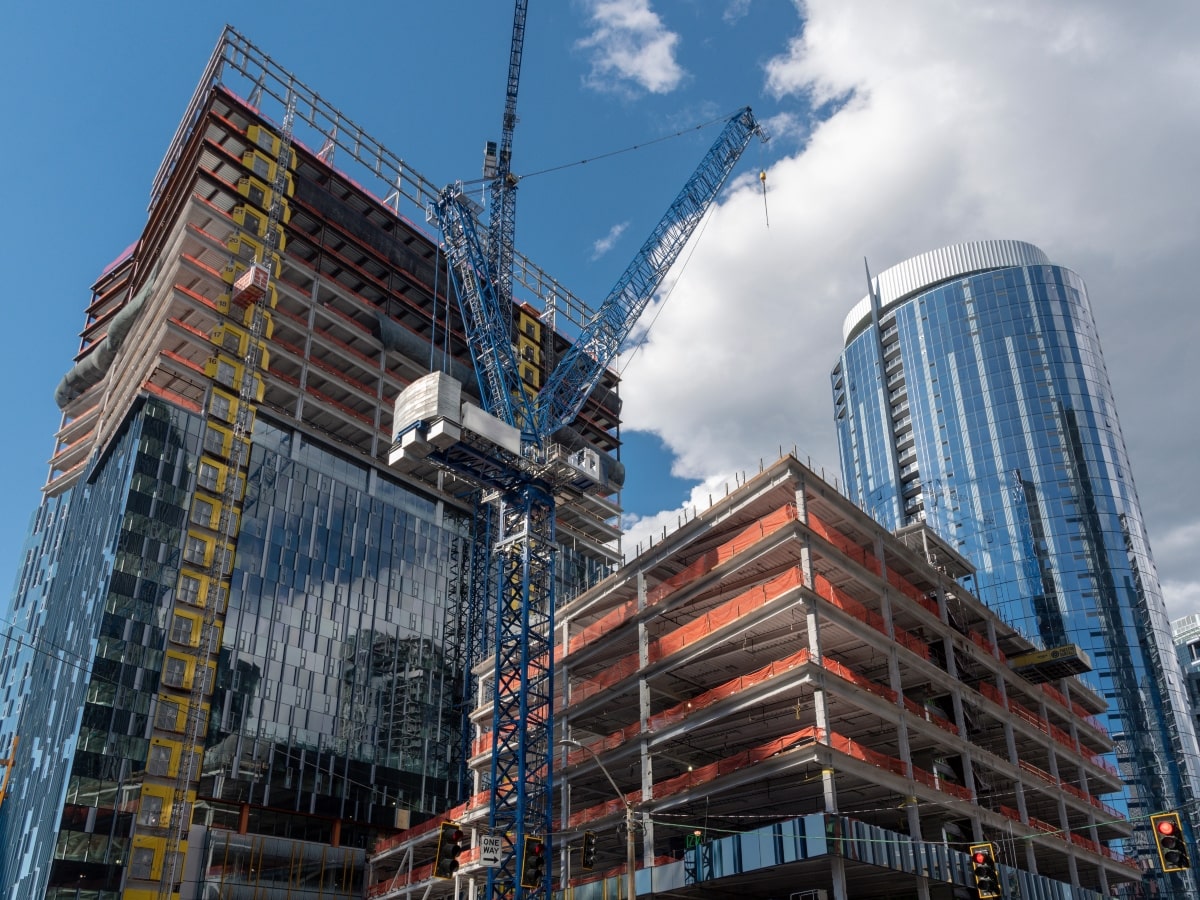Construction site hazards are an inherent part of the building industry, but that doesn’t mean they are unavoidable. From heights and heavy loads to electricity and hazardous materials, construction workers are faced with a unique set of risks every day they step onto the job site. For those in the industry, understanding and mitigating these hazards is not just a matter of compliance with safety regulations; it is a matter of life and death.
In this blog, we’ll discuss ten of the most common construction site hazards and how to identify these risks and strategies for creating a safer working environment.
The 10 most common construction site hazards
Working in construction is a common job for many people around the world, and while it can be rewarding, it also comes with its own set of risks. There are many common construction site hazards that workers must face, so it is important for workers to be aware of all the risks they face and take necessary precautions to stay safe on the job.
Falls from scaffolding
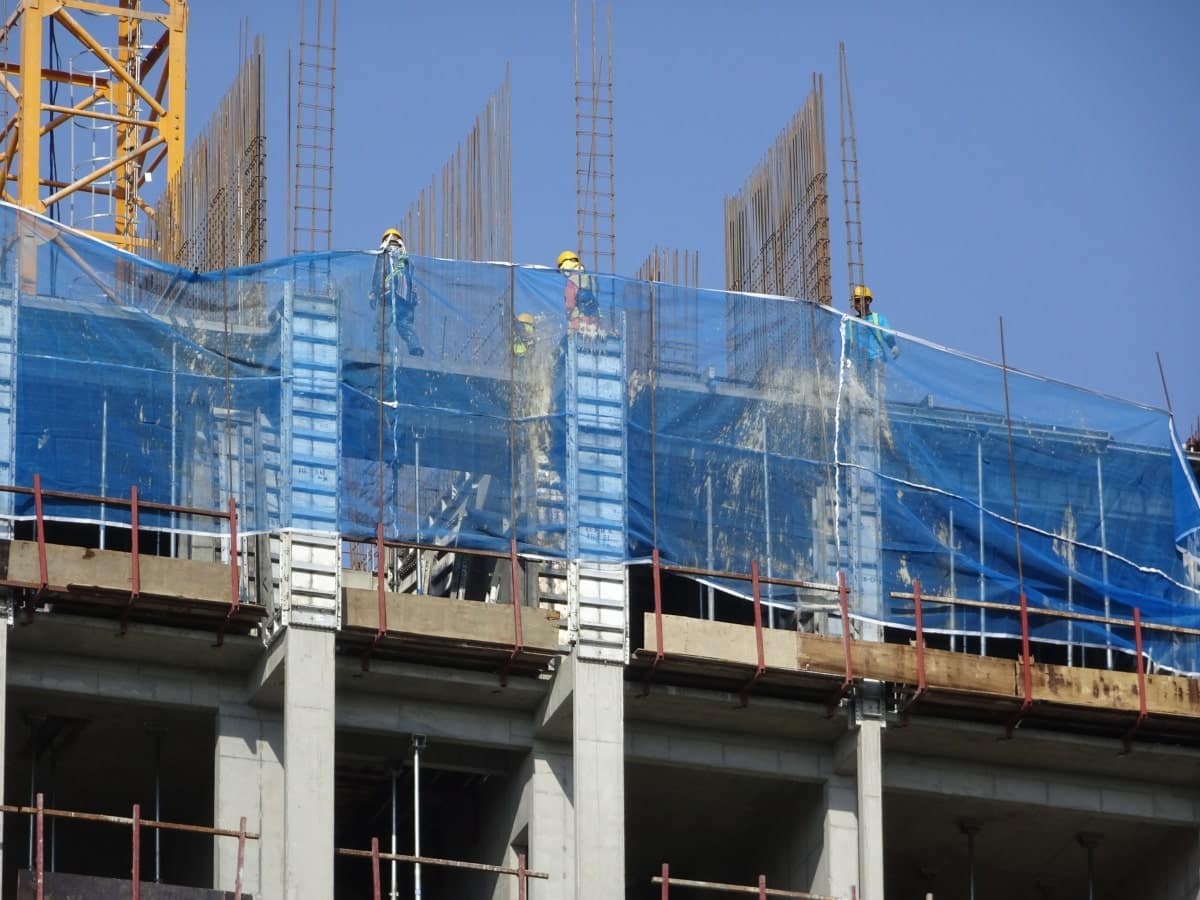
Scaffolds are an essential part of construction projects. Scaffolding refers to the various elements that, when assembled, provide a stable temporary platform for working at heights. However, it is important to be aware of the potential dangers associated with scaffolds and scaffolding work, including falls from heights, scaffold collapse, working near power lines, and falling objects.
Scaffolding is a relatively common place to fall from. The fall risks are significantly increased when workers are on the upper levels of a scaffold.
How to reduce the risk: For scaffolding work involving a potential fall of over 2 metres, the risk increases significantly.
- Erecting scaffold nets and fall arrest systems around the scaffolding can help to reduce risks
- To reduce the risk of falls from scaffolding, it is essential to ensure scaffolding is correctly erected and maintained.
- To ensure a safe work environment, a comprehensive Safe Work Method Statement (SWMS) is mandatory for high-risk construction work involving scaffolding.
Working at height
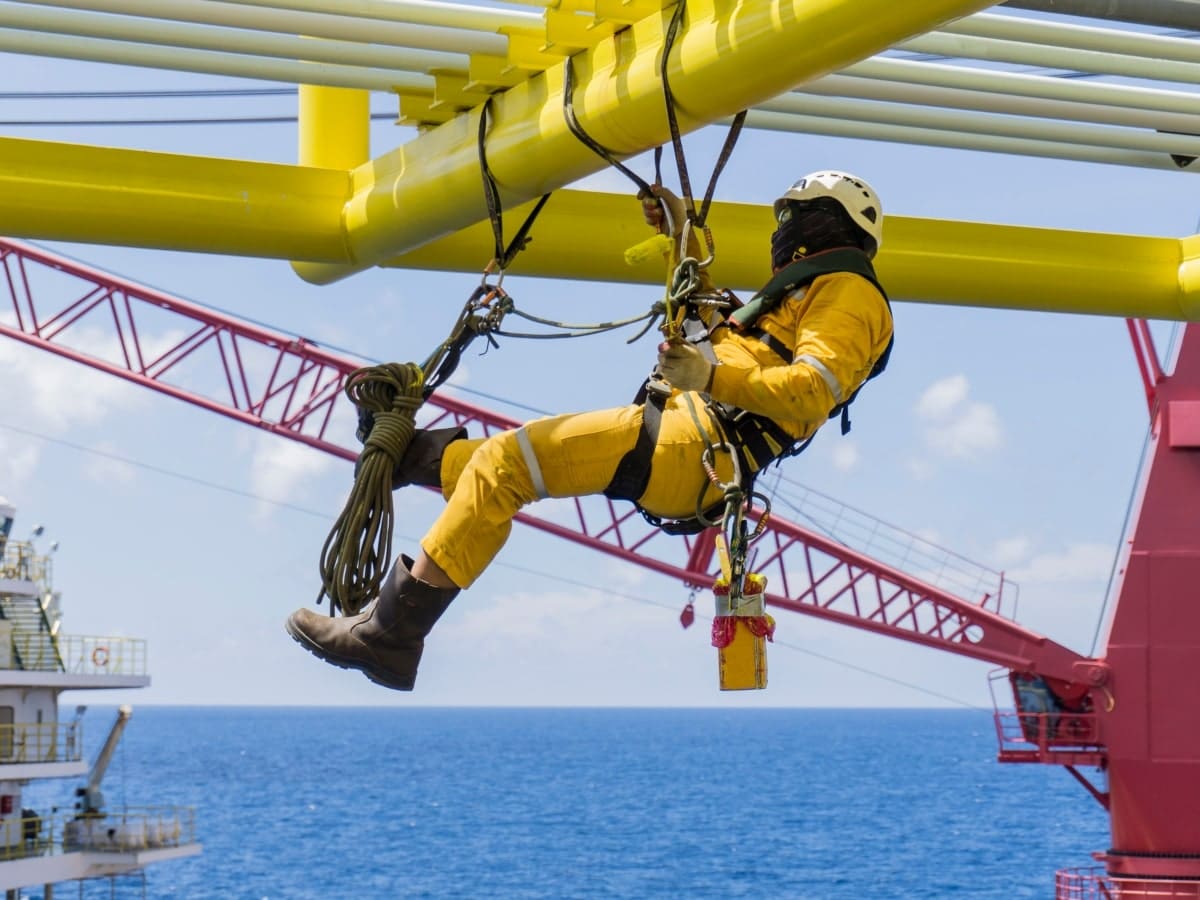
Working at height refers to any work that is carried out from an elevated position, including ladders, scaffolding, building edges and roofs. Falls from height account for a significant proportion of workplace fatalities in Australia.
How to reduce the risk: As the most common cause of death and serious injury in the construction industry, it’s important to minimise the risk of falls by:
- Ensuring that workers are provided with training on how to safely work at height.
- Installing guardrails, edge protection and temporary stairs or ladder access.
- Providing workers with appropriate personal protection equipment (PPE) such as fall protection systems, lanyards and safety harnesses.
Falling objects and debris
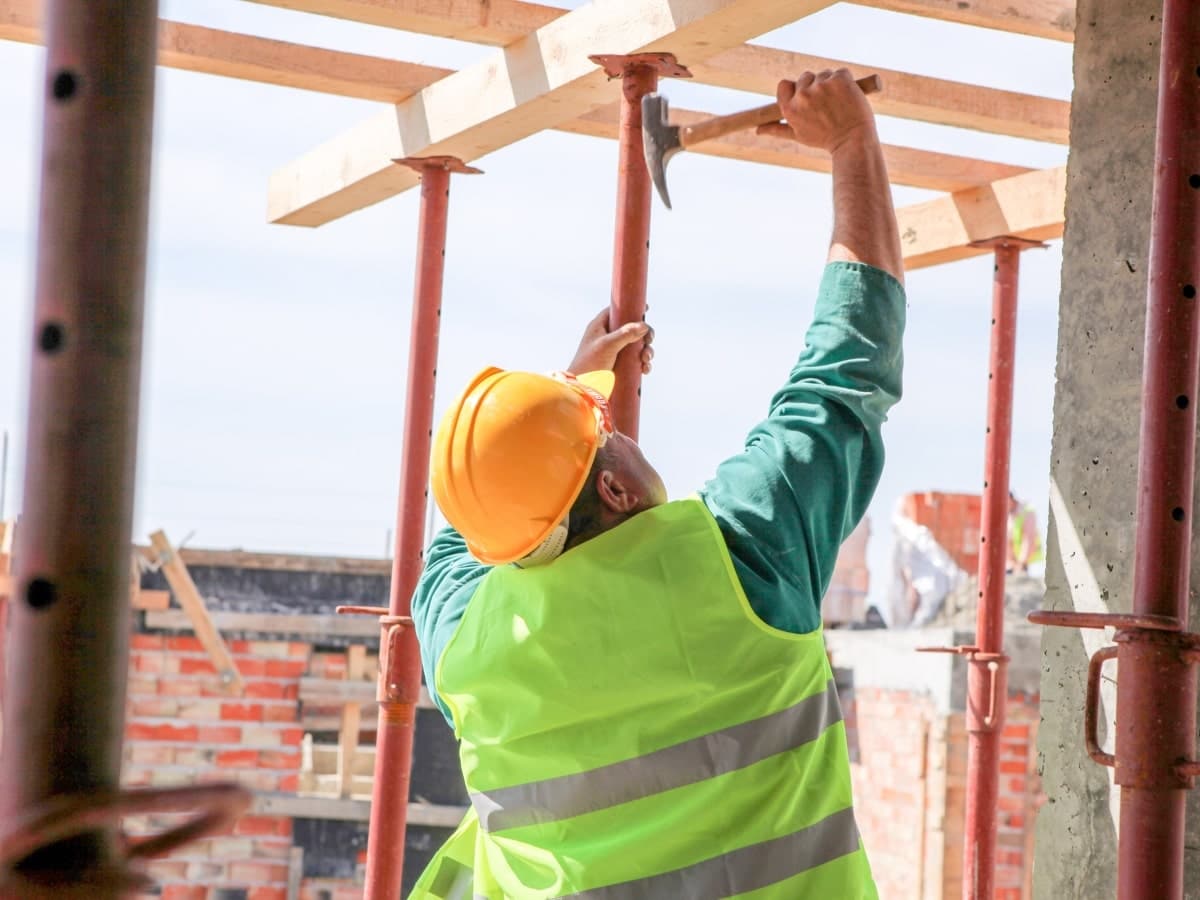
Falling objects and debris also pose a significant risk on construction sites. Workers may potentially be hit by falling debris or objects from above when working beneath construction areas. Falling objects and debris pose a significant risk to pedestrians. Construction site hazards can result from unsecured loads, tools, or construction materials.
It is crucial to use tool lanyards, netting, and debris chutes to catch materials and debris.
How to reduce the risk: To reduce the risk of falling objects, ensure:
- Adequate signage is in place.
- Prohibit work under suspended loads.
- PPE gear like helmets and safety glasses are worn when working beneath construction areas.
- Use of tool lanyards, netting, and debris chutes to catch materials and debris.
Installing scaffold net systems is also an effective way to protect workers below from falling objects.
Vehicle incident (Traffic collision)
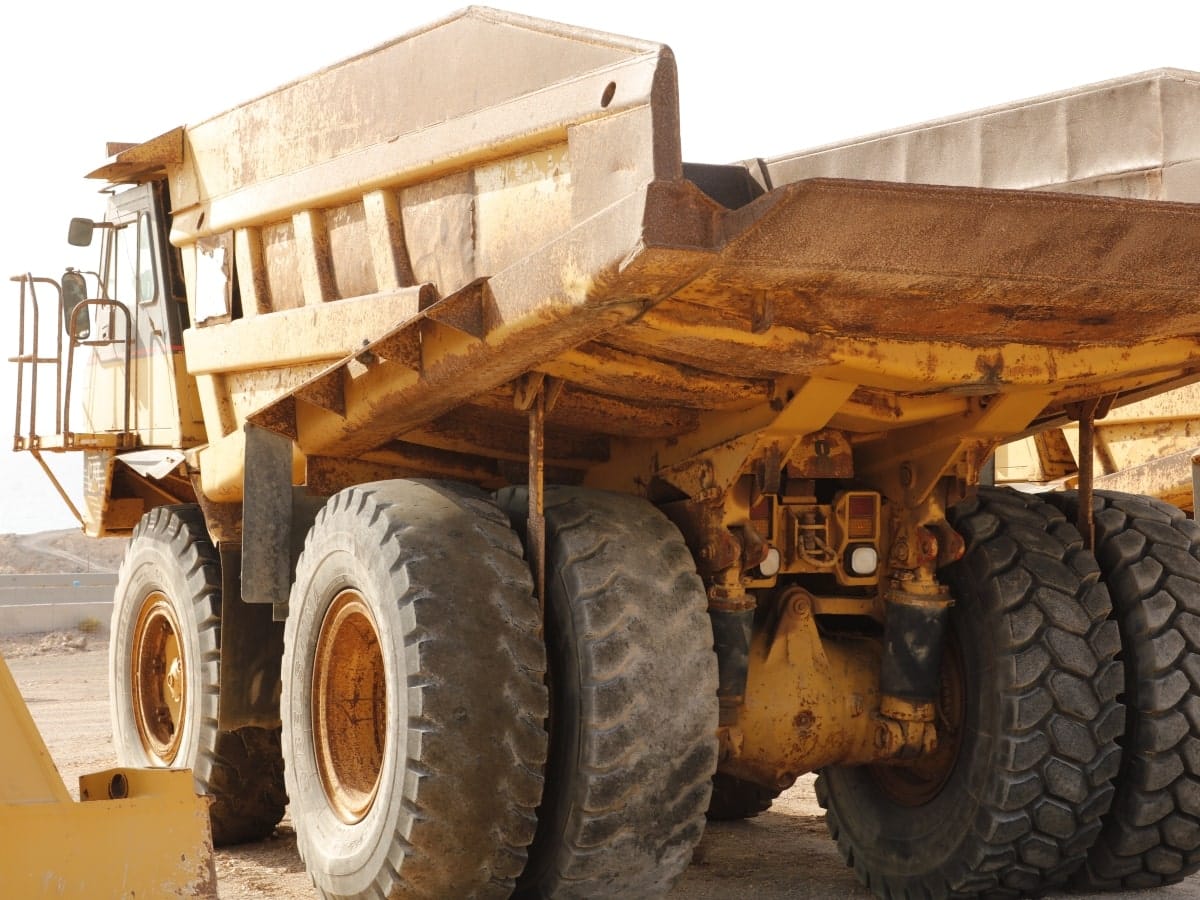
Vehicle incidents are another common hazard on construction sites. Construction areas usually have frequent vehicular movement, and the high volume of vehicles increases the risk of traffic collisions and workers being struck by vehicles, particularly heavy machinery and equipment.
It’s critical to ensure workers are trained, and employers must create separate entry and exit points for machinery and vehicles, so they do not pose a risk to pedestrians.
How to reduce the risk: To prevent this type of incident, physical barriers such as construction site fences and barricades should be installed, appropriate signage must be used, and designated pedestrian walkways should be designated.
- Construction workers must follow traffic management plans and wear high-visibility clothing.
- Vehicle operators should also receive safety training and be aware of the risks of working on a construction site.
Contact with electricity
Contact with electricity can result in fatal electrocution or electrical injury. Employees using electrical tools or working near power sources are exposed to electrical hazards. It’s critical to ensure that workers comply with all electrical regulations, including using personal protective equipment.
How to reduce the risk: This hazard can be controlled by ensuring that:
- Identifying live electrical equipment.
- All electrical equipment is maintained and inspected regularly, by conducting regular electrical safety audits.
- Providing workers with appropriate training to ensure they follow safe electrical work practices.
- Workers are provided with adequate personal protective equipment (PPE) such as insulated gloves, boots and safety goggles.
Slips, trips, and falls
Workplace injuries are often caused by slips, trips, and falls. Slippery surfaces and untidy floors, stairs, and walkways can cause workers to trip and fall. On construction sites, it’s crucial to ensure that the walking surfaces are clear, and hazard safety signage such as wet floor warnings are visible.
How to reduce the risk: Slips, trips, and falls can happen on any job site and are often the result of poor housekeeping. Employers should encourage a safe work environment through:
- Removing tripping hazards such as cords and cables.
- Ensuring proper lighting wherever work is being performed.
- Workers should wear appropriate footwear with anti-slip soles.
- Providing ample work and storage areas.
- Ensure walkways are kept clear, and that floors are clear of debris and obstructions
Manual handling of loads
This type of hazard is most common in the construction industry as workers tend to carry heavy loads manually. Material and manual handling of heavy loads can result in injuries such as strains, sprains, and back injuries. Manual handling of loads can also cause musculoskeletal disorders if not performed correctly.
Workers need to use safe lifting techniques, such as using proper lifting equipment or tools, and avoid overloading themselves.
How to reduce the risk: Employees must be trained properly on how to lift, manoeuvre and transport objects safely to avoid injuries. Injuries can be prevented by:
- Providing equipment such as manual handling trolleys, cranes and forklifts
- Providing lifting and moving training to workers
- Ensuring loads are correctly labelled with weight and directions for handling to decrease the risk of injury.
Moving objects
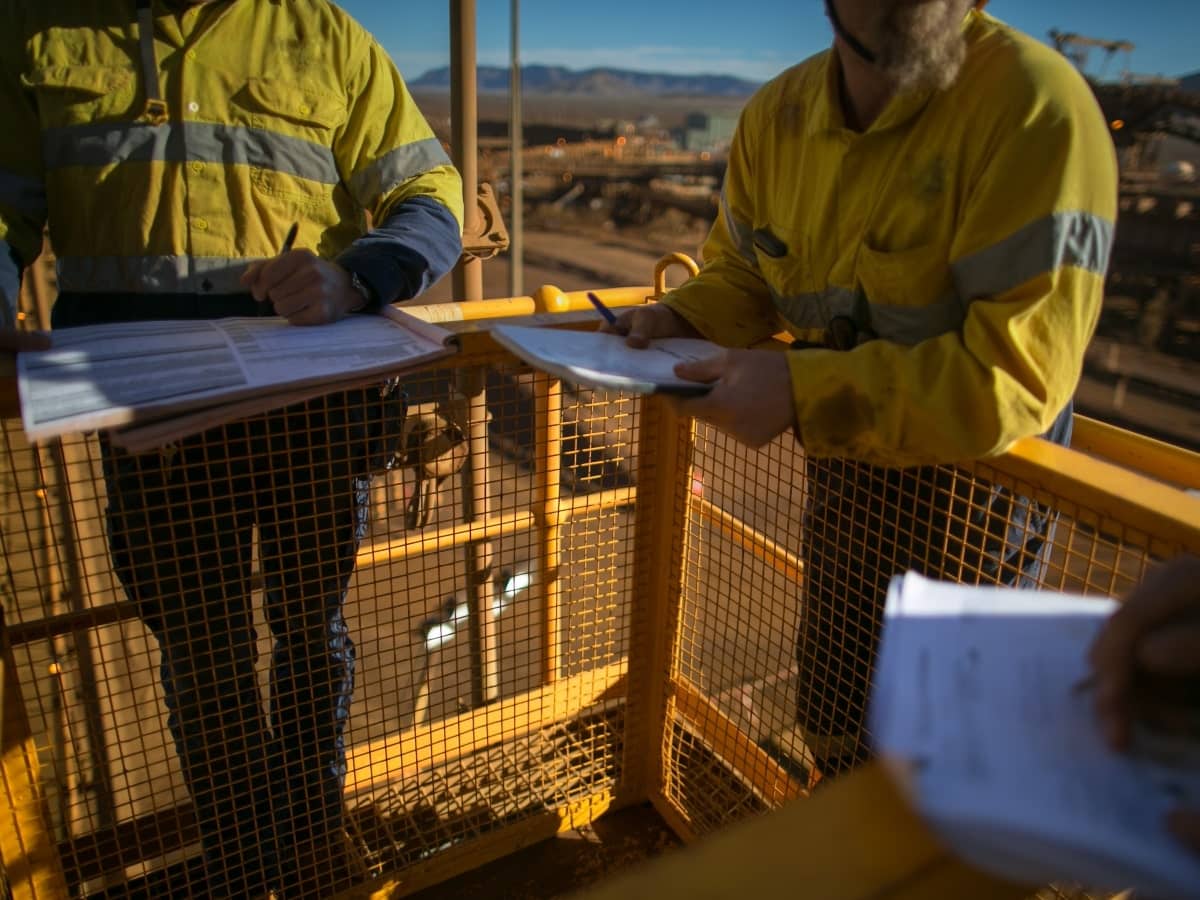
Cranes, forklifts and other heavy equipment can strike workers, causing serious injuries or fatalities. Clear signage, designated walkways, and temporary barriers should also be installed to minimise the risk of contact with moving equipment.
How to reduce the risk: Employers can implement measures to ensure that:
- Machine safety guards, audible warning devices and visual signals should be incorporated into machines to alert workers of hazardous movements.
- Machinery operators’ visibility is clear so that workers are visible to moving machinery.
- Work areas have access control.
Trapped between hazards
This occurs when the worker is caught between two objects such as stationary and moving machinery or fixed structures.
How to reduce the risk: Construction workers can be protected by:
- Improving visibility on construction sites.
- Installing protective barriers, guardrails and printed corflute signs.
- Providing training for workers operating machinery to prevent accidents from occurring.
Asbestos
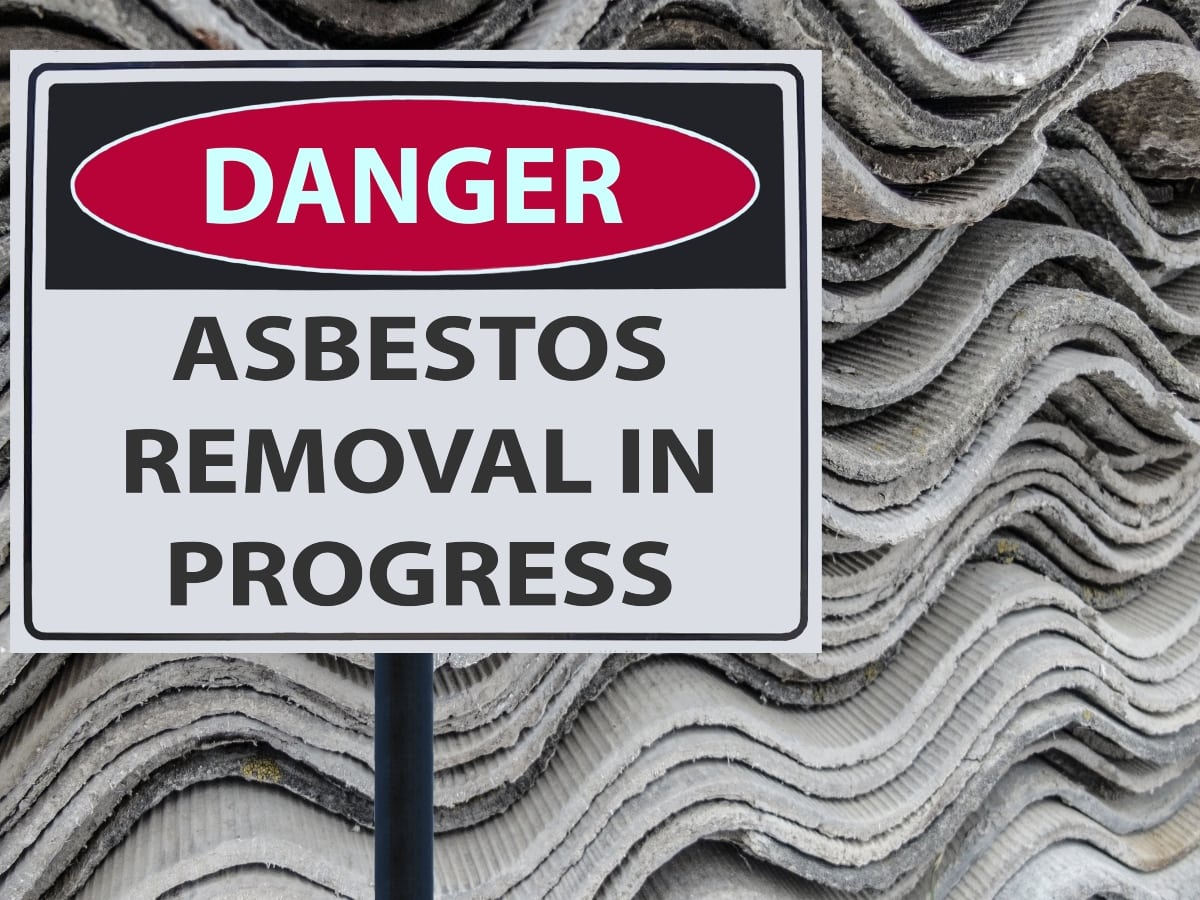
Widely used in construction before asbestos’ toxic effects were made widely known. Exposure to asbestos can result in aggressive respiratory-related diseases including mesothelioma, lung cancer, and asbestosis, which are fatal diseases.
How to reduce the risk: Asbestos was widely used in construction before its hazards and toxic effects were made widely known. Employers should conduct a risk assessment and provide appropriate protection including:
- Asbestos awareness and training to work safely with asbestos.
- Identify asbestos on site and ensure removal by a licensed asbestos removalist.
- Workers required to handle asbestos should wear appropriate personal protective equipment.
- Safety warnings and signage around asbestos-contaminated areas.
Other risks for injury
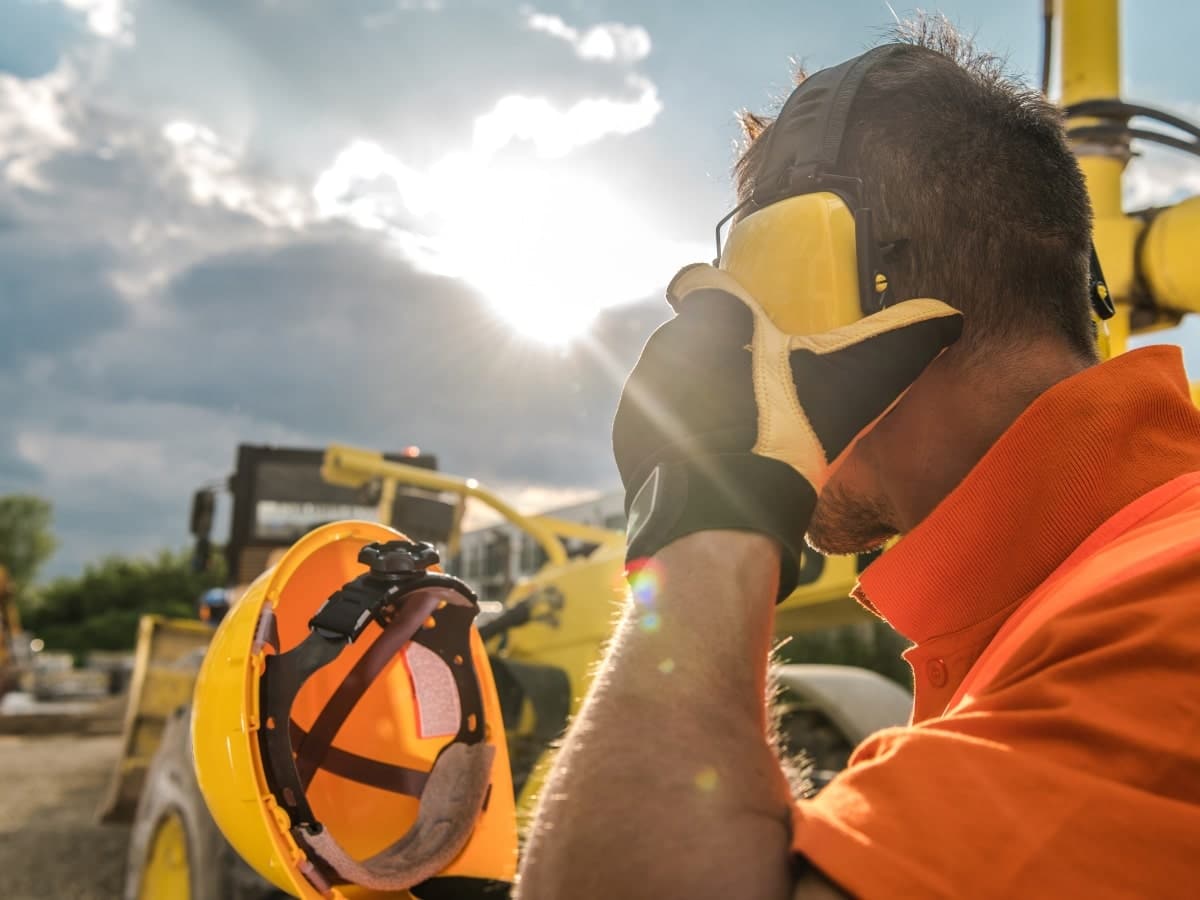
There are many other potential risks that workers face at construction sites. These widely recognised hazards are often too commonplace, making them easier to overlook or ignore. While some of these hazards may seem negligible, they pose serious risks to the safety of workers.
From noise and hearing loss to biological hazards, chemical substances, explosives, fire, heat, and burns, workers are exposed to a broad range of dangers. Additionally, dust, confined spaces, collapsing trenches, and vibration white finger have been shown to be significant health risks.
Invest in quality site safety accessories from TTFS
Construction sites present a range of hazards to workers, and it’s important to identify and control such hazards to ensure the safety and well-being of workers. Employers must take the necessary measures to keep job sites safe by providing appropriate training, implementing safety procedures, as well as protective equipment such as scaffold nets, barriers and adequate signage.
To help alleviate potential construction site hazards and improve safety for workers, TTFS offers a range of site accessories from five locations throughout Australia. Plus, with our 24-hour delivery service, you can rest easy knowing your temporary fencing and site accessory needs will be met in no time. Contact our expert team now at 1300 876 614 or simply fill out our quick enquiry form.
